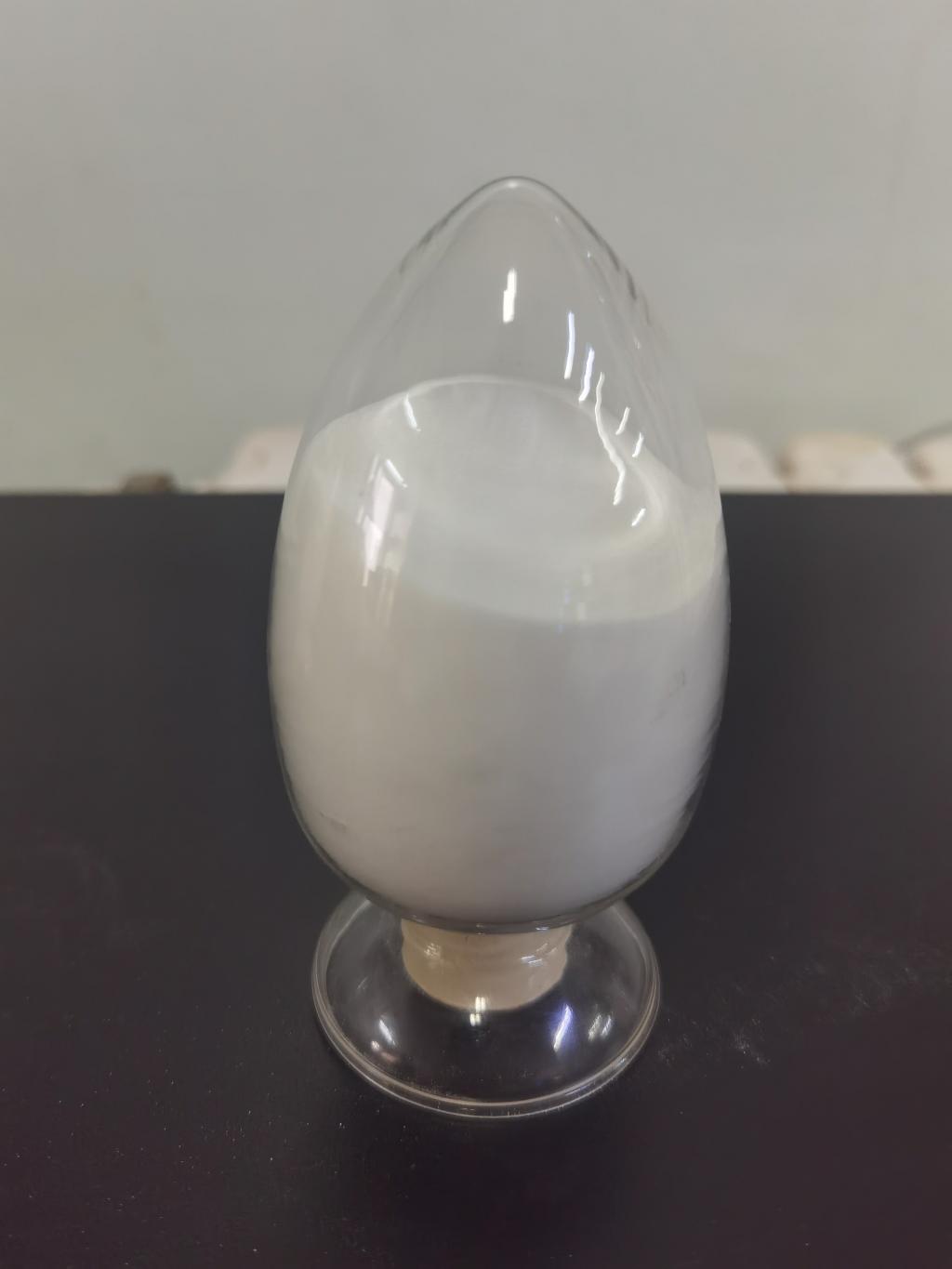Tel:+8618231198596

News
 CONTACT
CONTACT
 CONTACT
CONTACT
- Linkman:Linda Yao
- Tel: +8618231198596
- Email:linda.yao@dcpharma.cn
- Linkman:CHARLES.WANG
- Department:Overseas
- Tel: 0086 0311-85537378 0086 0311-85539701
News
ε-Polylysine Hydrochloride and Sustainable Practices in Aquaculture: A Holistic Approach
TIME:2023-12-20
I. The Imperative of Sustainable Aquaculture:
The Growing Role of Aquaculture:
Rising Demand for Seafood: With global demand for seafood on the rise, aquaculture plays a pivotal role in meeting nutritional needs, alleviating pressure on wild fisheries, and supporting food security.
Environmental Impact: However, the environmental impact of aquaculture, including issues of water quality, disease management, and resource utilization, underscores the need for sustainable practices.
Challenges in Disease Management:
Disease Outbreaks: Disease outbreaks in aquaculture can result in significant economic losses and environmental consequences, emphasizing the importance of effective disease management strategies.
Antibiotic Usage Concerns: The conventional use of antibiotics to combat diseases in aquaculture raises concerns about antibiotic resistance, environmental pollution, and potential impacts on human health.
II. ε-Polylysine Hydrochloride: A Sustainable Solution in Aquaculture:
Origins and Mechanism of Action:
Natural Antimicrobial Peptide: ε-Polylysine hydrochloride is derived from bacterial fermentation, offering a natural and sustainable alternative for disease management in aquaculture.
Antimicrobial Properties: Its mechanism of action involves disrupting the cell membranes of bacteria, providing an effective means of controlling pathogenic microorganisms.
Application in Disease Management:
Disease Prevention: ε-Polylysine hydrochloride demonstrates efficacy in preventing and controlling bacterial and fungal diseases in various aquatic species, contributing to improved overall health in aquaculture systems.
Reducing Reliance on Antibiotics: By providing a natural alternative to antibiotics, ε-Polylysine hydrochloride addresses concerns related to antibiotic resistance and promotes the shift towards sustainable disease management practices.
III. Disease Resistance and Improved Aquatic Health:
Enhancing Immune Response:
Stimulating Immune Functions: Research suggests that ε-Polylysine hydrochloride may stimulate the immune response in aquatic species, enhancing their ability to resist infections and diseases.
Adaptive Responses: The ability of aquatic organisms to develop adaptive responses to stressors, including disease challenges, is crucial for the long-term sustainability of aquaculture operations.
Minimizing Environmental Impact:
Residue-Free Solution: Unlike some conventional treatments, ε-Polylysine hydrochloride leaves no harmful residues in the aquatic environment, aligning with the principles of sustainability and minimizing ecological impact.
Water Quality Preservation: By effectively managing disease without compromising water quality, ε-Polylysine hydrochloride contributes to maintaining the ecological balance of aquaculture systems.
IV. Sustainable Practices and Environmental Stewardship:
Reducing Wastewater Pollution:
Efficient Disease Control: The use of ε-Polylysine hydrochloride in disease management reduces the need for excessive antibiotic use, consequently minimizing the risk of antibiotic residues in aquaculture wastewater.
Protecting Ecosystems: By mitigating the environmental impact of aquaculture operations, ε-Polylysine hydrochloride supports the preservation of surrounding ecosystems and biodiversity.
Integrated Pest Management:
Holistic Disease Management: Incorporating ε-Polylysine hydrochloride into an integrated pest management approach enhances the sustainability of aquaculture by addressing disease challenges without solely relying on chemical interventions.
Biodiversity Conservation: Sustainable aquaculture practices that prioritize natural and eco-friendly solutions contribute to the conservation of aquatic biodiversity in both farm and surrounding natural environments.
V. Challenges and Considerations:
Optimizing Formulations and Dosage:
Effective Concentrations: Determining the optimal concentrations of ε-Polylysine hydrochloride for different aquatic species and environmental conditions is a critical consideration for maximizing its efficacy.
Formulation Compatibility: Compatibility with existing aquaculture practices and formulations is essential for the seamless integration of ε-Polylysine hydrochloride into diverse aquaculture systems.
Community Engagement and Education:
Stakeholder Awareness: Engaging aquaculture stakeholders, including farmers, regulators, and local communities, is crucial for raising awareness about the benefits of ε-Polylysine hydrochloride and building acceptance.
Educational Initiatives: Providing educational resources on sustainable aquaculture practices, including the role of ε-Polylysine hydrochloride, fosters a shared commitment to environmental stewardship.
VI. Future Perspectives and Innovations:
Interdisciplinary Research Collaborations:
Holistic Approaches: Collaborative efforts between researchers in aquaculture, microbiology, and environmental science can lead to holistic approaches that address both disease management and environmental sustainability.
Innovative Solutions: Ongoing research aims to explore innovative formulations and application methods for ε-Polylysine hydrochloride, optimizing its use in diverse aquaculture systems.
Global Adoption of Sustainable Aquaculture Practices:
Policy Support: Governments and regulatory bodies can play a crucial role in promoting sustainable aquaculture practices by providing policy support, incentives, and guidelines that encourage the adoption of eco-friendly solutions.
International Collaboration: Collaborative initiatives at the international level can facilitate knowledge exchange and best practices, contributing to the global adoption of sustainable aquaculture practices.
VII. Conclusion:
ε-Polylysine hydrochloride's role in sustainable aquaculture represents a paradigm shift in disease management practices, offering a natural and eco-friendly alternative to conventional treatments. As the aquaculture industry grapples with the imperative of balancing production with environmental responsibility, ε-Polylysine hydrochloride emerges as a key player in fostering a holistic and sustainable approach. By enhancing disease resistance, minimizing environmental impact, and promoting responsible aquaculture practices, ε-Polylysine hydrochloride contributes to the long-term viability and ecological integrity of aquaculture systems. As research advances and global adoption grows, ε-Polylysine hydrochloride stands at the forefront of innovations that hold the promise of a more sustainable and resilient future for the aquaculture industry.
- Tel:+8618231198596
- Whatsapp:18231198596
- Chat With Skype







